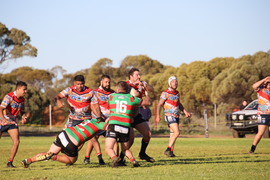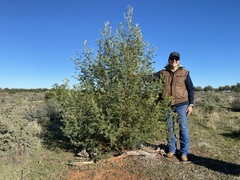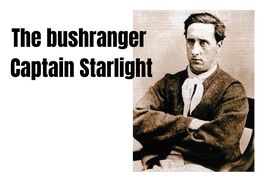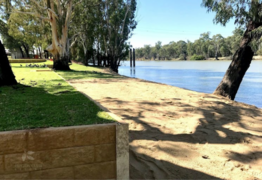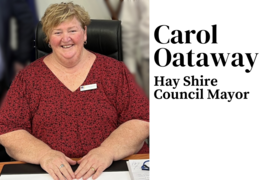Coalition's Eight-Day Split: A Political Drama in Three Acts
Kimberly Grabham
30 May 2025, 11:00 PM
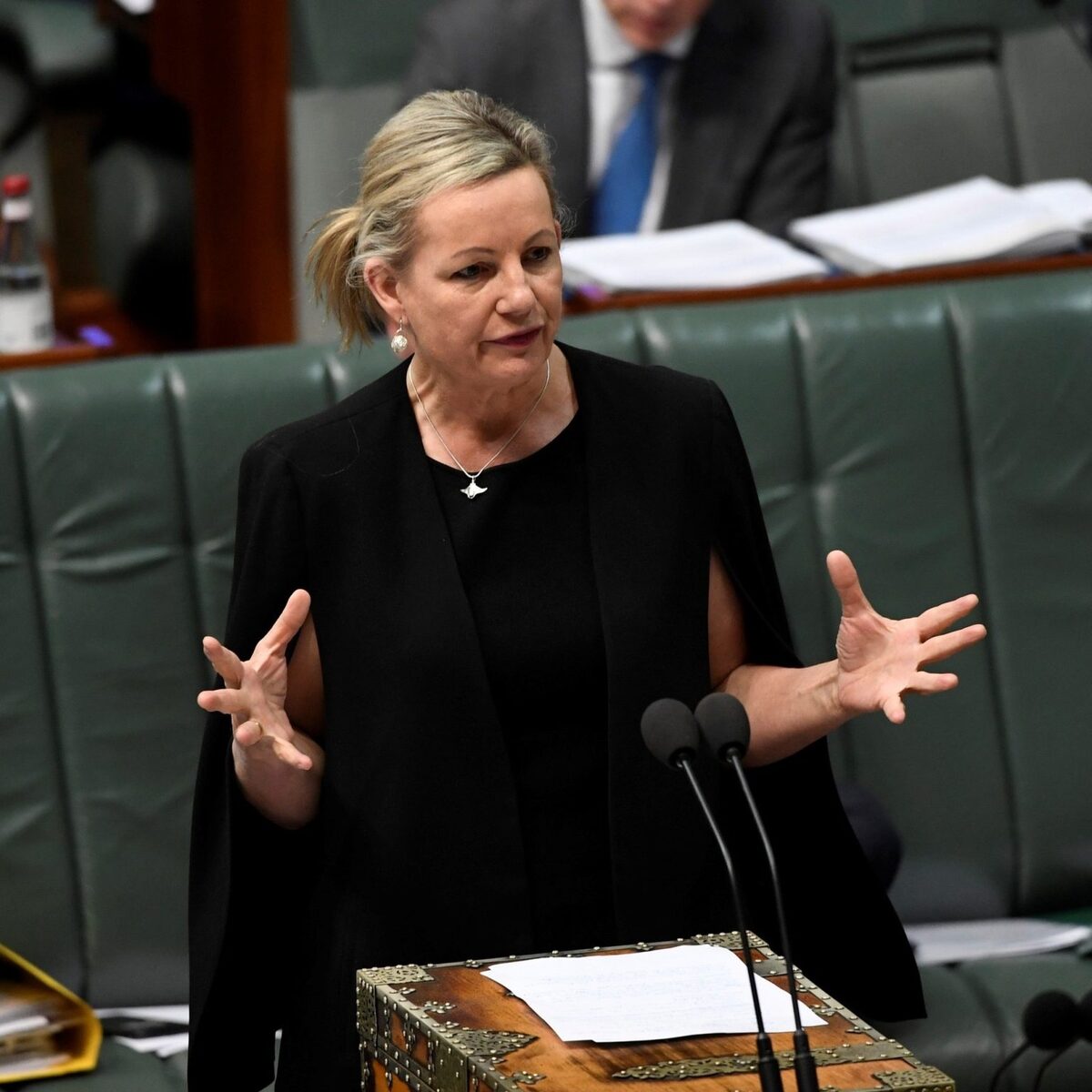
In one of the most dramatic political turnarounds in recent Australian history, the Liberal-National Coalition has reunited after just eight days apart, leaving both leaders claiming victory while observers question what the brief but bitter split really achieved.
The drama began when Nationals leader David Littleproud formally announced an end to the Coalition agreement after failing to get new Liberal leader Sussan Ley to recommit to key policies they took to the election. Coming just days after the death of Ley's mother, the timing appeared particularly brutal.
Littleproud's demands centred on four key policies, support for nuclear energy, laws enabling supermarket divestiture, improved regional mobile phone coverage, and a $20 billion regional fund. But the split went deeper than policy disagreements.
Three other factors drove the wedge between the parties.
First was the defection of Country Liberal Party senator Jacinta Nampijinpa Price to the Liberals, costing the Nationals their party status in the Senate along with staff, resources and prime office space.
Price's failed bid to become deputy Liberal leader under Angus Taylor particularly infuriated Nationals Senate leader Bridget McKenzie, widely seen as Littleproud's "puppet master" and the real driver of the split.
Second was Littleproud's extraordinary demand that the Nationals be allowed to ditch shadow cabinet solidarity – the convention that binds frontbenchers to joint party positions. Even his own party wouldn't back this impossible demand.
Third was the Coalition's commitment to net-zero emissions by 2050, which continues to divide the parties despite both leaders' denials that it was a factor.
Behind the scenes, veteran Nationals including Barnaby Joyce, Michael McCormack and Darren Chester worked to keep communication lines open.
Party elders, including former prime ministers John Howard and Tony Abbott, warned that the longer the split lasted, the harder reunion would become.
By Thursday, Littleproud had prepared a "shadow shadow cabinet" and was ready to unveil his team in Canberra.
But then the negotiations restarted, with Joyce playing an unlikely role as relationship counsellor between the feuding parties.
The week's events have reshaped the political landscape. Ley emerges with her leadership enhanced, her judgment vindicated and her authority increased.
Her decision to stare down the Nationals' demands proved correct, and she now leads a reunited Coalition.
Littleproud, conversely, looks diminished – a leader who overplayed his hand in a grab for power and failed badly.
The speed of the backdown has raised questions about his judgment and future leadership, with open criticism now coming from unhappy backbenchers.
The new shadow ministry reflects both the reconciliation and ongoing tensions.
Ted O'Brien takes the coveted Treasury portfolio, while former leadership contender Angus Taylor moves to Defence.
Dan Tehan faces the challenging task of navigating the nuclear and net-zero divide as Shadow Minister for Energy.
Several prominent figures have been relegated to the backbench, including Jane Hume, Sarah Henderson, and former Nationals leaders Joyce and McCormack – told this was due to "generational change" despite other older MPs making the cut.
This marks the Coalition's fourth separation since 1944, but the first in almost 40 years.
The brief split highlighted fundamental tensions between the parties – urban versus regional priorities, climate policy divisions, and questions of respect and influence within the partnership.
For Labor, the spectacle provided political gold. Prime Minister Anthony Albanese described it as "a nuclear meltdown" and said the former Coalition were "a smoking ruin", while highlighting that his cabinet now has more women than men compared to Ley's shadow cabinet having fewer women than under Peter Dutton.
The practical parliamentary impact remains limited. In the House of Representatives, where Labor holds a majority, little changes.
In the Senate, the split could theoretically complicate Labor's legislative agenda, but the Liberals and Nationals typically vote similarly anyway.
Perhaps most significantly, the episode reveals a Coalition still struggling to define itself after a devastating election defeat.
The fundamental policy and philosophical differences exposed during the split – particularly on climate change and the role of government intervention – won't disappear simply because both sides have agreed to work together again.
The Coalition may be back together, but the underlying tensions that drove them apart remain unresolved.
Whether this reunion represents genuine reconciliation or merely postpones an inevitable reckoning will likely determine the opposition's credibility heading into the next election campaign.
For now, both leaders are eager to move on, presenting a united front while their respective parties nurse grievances and plot future strategies. In Australian politics, eight days can feel like an eternity – but sometimes it's barely enough time to remember why you were together in the first place.
NEWS
SPORT
RURAL
COMMUNITY
VISIT HAY
VISIT BALRANALD
VISIT OUTBACK NSW
EVENTS
LOCAL WEATHER
FOR SALE
COMMERCIAL PROPERTY


